Alte Fest and the Reiter Denkmal,
Windhoek
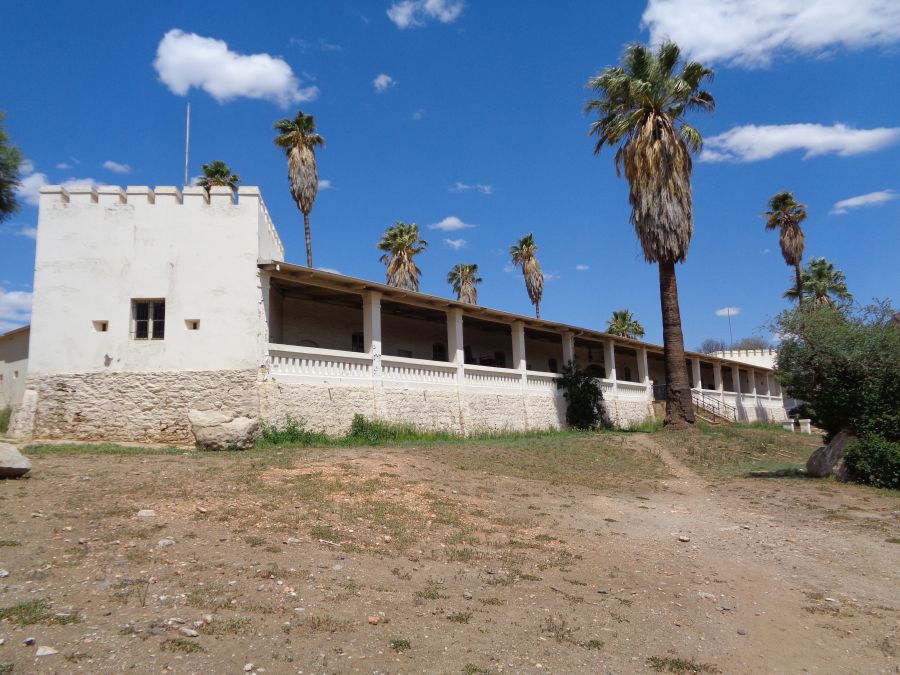
The Old Fort is the oldest surviving
building in Windhoek. It was built as the Schutztruppe headquarters
and barracks from 1890 and remained in use as such until 1915 when
it was taken over by the South African army. In 1963 it was
renovated to become the National Museum of Namibia but is now
abandoned with small hope for its restoration in the near future.
The large Reiter Denkmal statue was erected in 1912 as a memorial to
the Germans killed in the Herero Rebellion. It makes no mention of
the tens of thousands of Namibians killed. The statue originally
over looked Windhoek on the site of the modern Museum of
Independence. In 2010 it was moved to just outside the gates of the
Alte Fest, where the Independence memorial now stands. In 2013 it
was removed from public display and propped up without its original
plinth inside the courtyard of the fort, where it still stands. The
Alte Fest is not open to the public however the attendant was kind
enough to allow me inside to photograph.
C73 Field Gun Nr 89 at the Alte
Fest, Windhoek
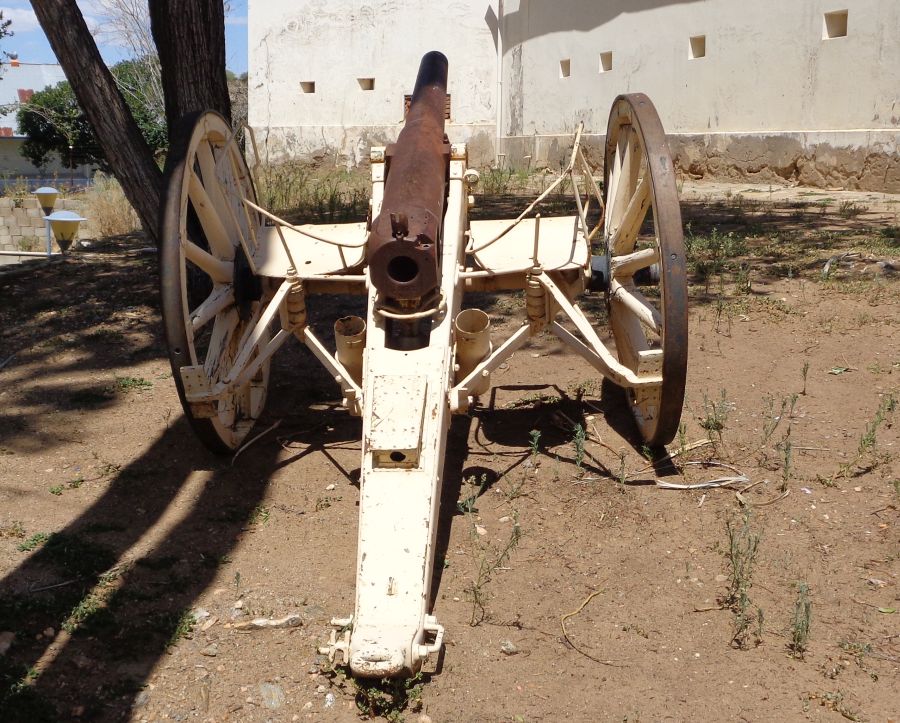
A
7.85 cm Leichte
Feldgeschutz C73, gun number 89, made in 1874. Note that this gun
carriage has seats for the gunners on the axle. Along with
many other Schutztruppe guns it was dumped into Lake Otjikoto by the
Germans in 1915.
It was recovered from the lake in early 1916 and is now on display
outside the Alte Fest in Windhoek.
C73 Field Gun No. 376 at the Alte
Fest, Windhoek
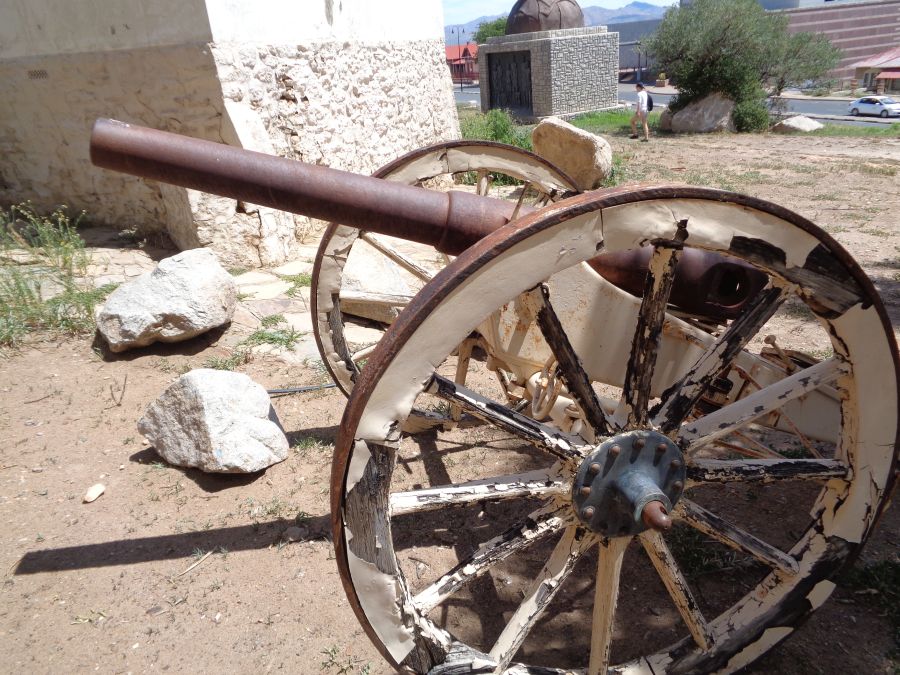
Another 7.85 cm Leichte
Feldgeschutz C73, gun number 376 on display at the Alte Fest in
Windhoek, made in 1877. Unlike the other guns on this page it was
not dumped in Lake Otjikoto, but was abandoned by the Schutztruppe
in Windhoek in 1915.
M98 Mountain Gun No. 16 at the
Alte Fest, Windhoek
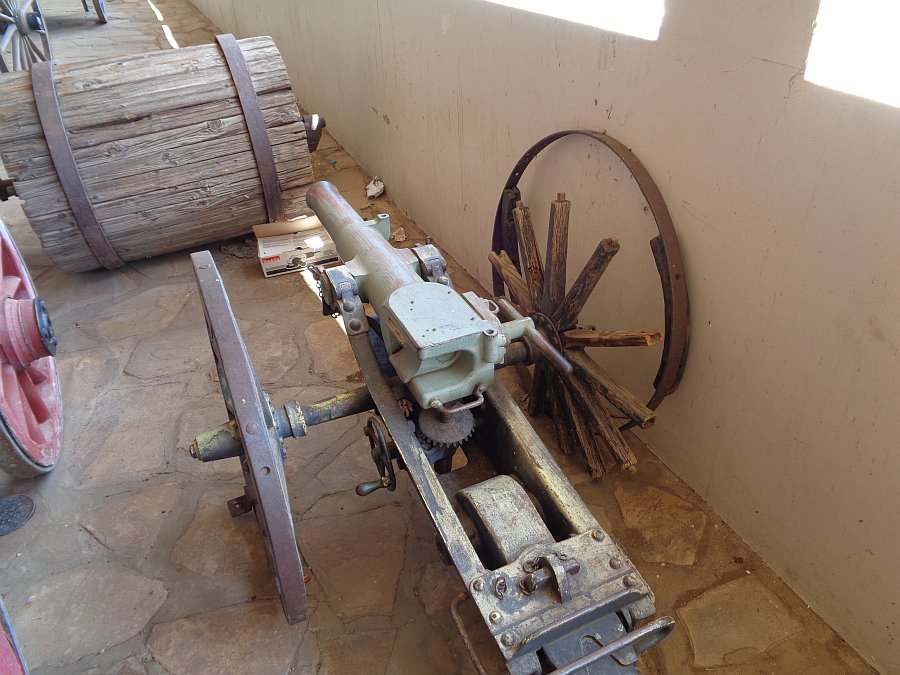
A
7.2 cm Gebirgskanone
L/14 M98, gun number 16. These mountain guns wee issued to
the Schutztruppe between 1897-1903 and saw service in the Herero
Rebellion. Along with many other Schutztruppe guns it was dumped
into Lake Otjikoto by the Germans in 1915. It was
recovered from the
lake in early 1916 and originally put on display and used for
saluting purposes at the Tintenpalast in Windhoek along with Gun No.
18. It was were moved to its current home at the Alte Fest in around
2000, while Gun No. 18 was moved to the Namibian Independence
Memorial Museum in 2014. Gun number 19 is now in
the African Window Museum in Pretoria,
South Africa and another three of them are presumably still in Lake
Otjikoto.
Independence Memorial Museum,
Windhoek
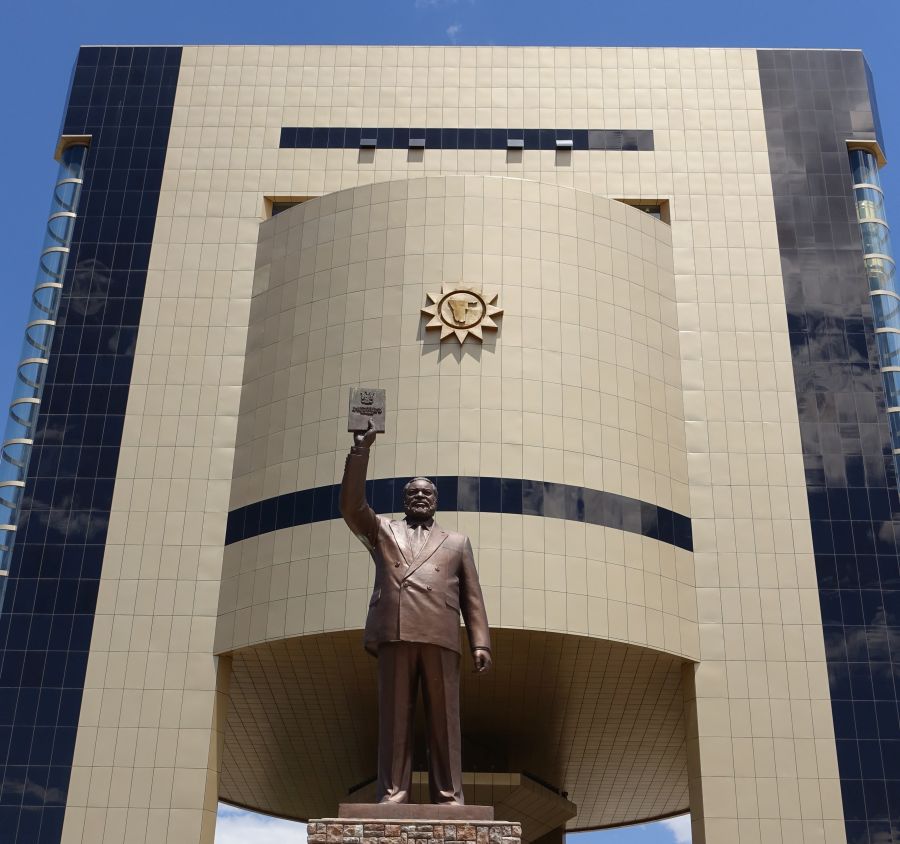
The Independence Memorial Museum was
opened in 2014 and over several floors tells the story of the
struggle for Namibian independence from the German era until their
final independence from South African Apartheid in 1991.
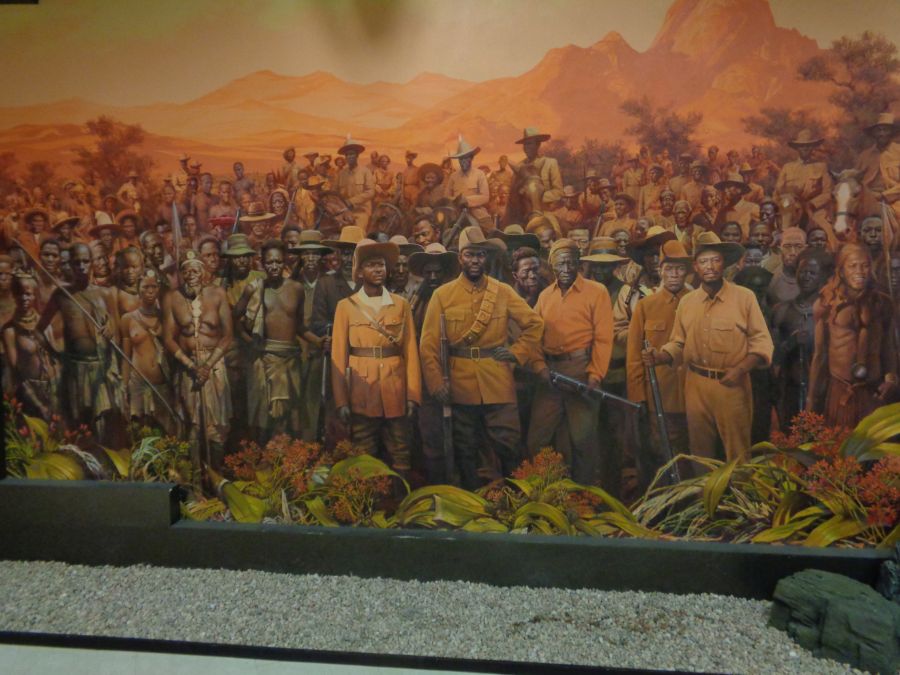
Mural of Early Namibian Resistance Leaders |
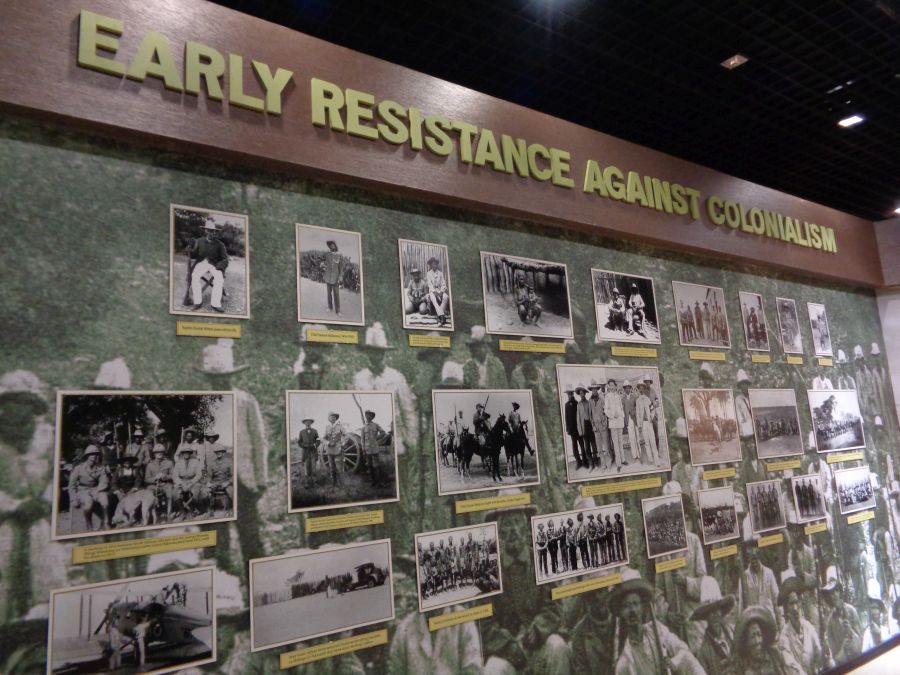
Display of German Era
and Genocide Photographs |
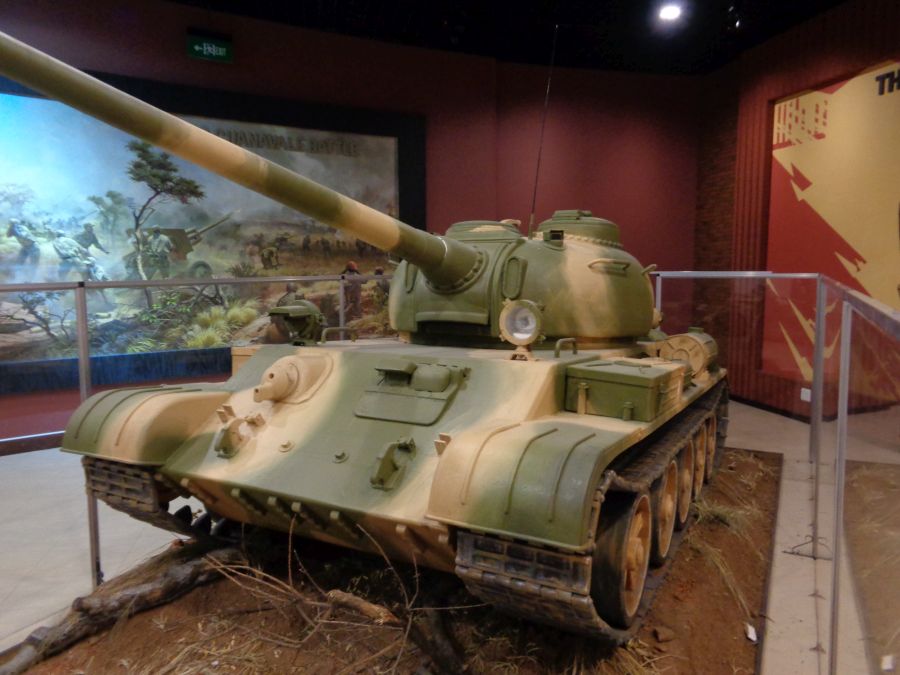
Angolan / Russian T55 Tank
from the Namibian War of Independence |
| |
|
|
M98 Mountain Gun Nr 18 at the
Independence Memorial Museum, Windhoek
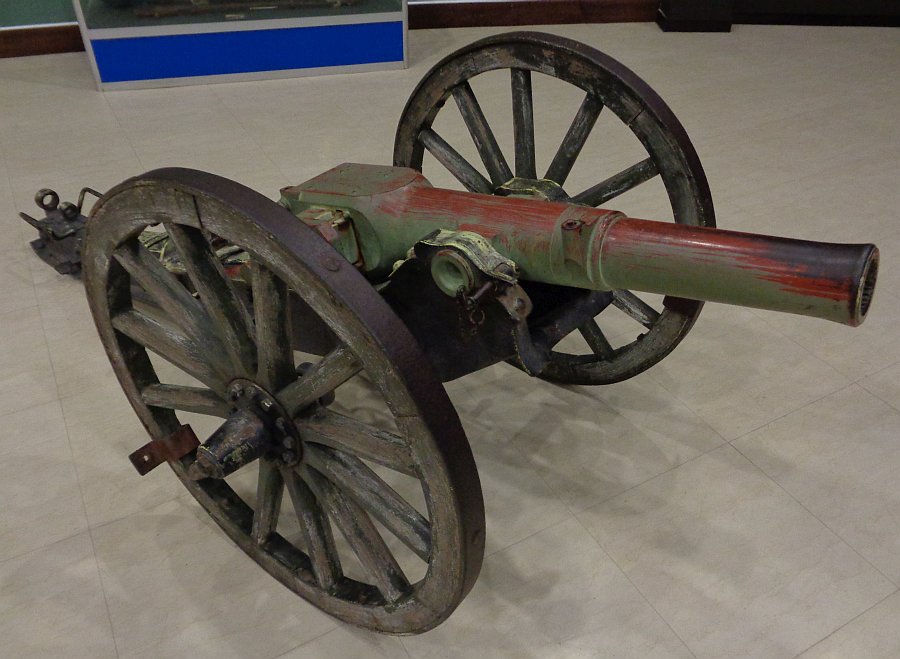
A
7.2 cm Gebirgskanone
L/14 M98, gun number 18. Along with many other Schutztruppe
guns it was dumped into Lake Otjikoto by the Germans in 1915.
It was
recovered from the lake in early 1916 and originally put on display
and used for saluting purposes at the Tintenpalast in Windhoek with
Gun No. 16. They were moved to the Alte Fest in around 2000
and Gun No. 18 was then put in the Independence Memorial Museum in
2014.
Marine Denkmal, Swakopmund
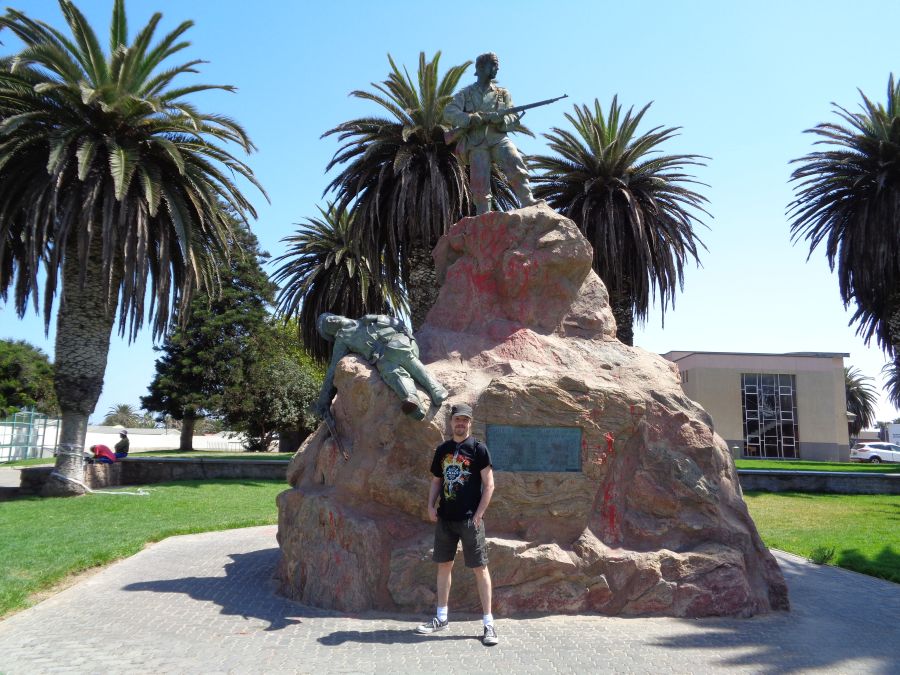
The Marine Denkmal was erected in 1908
as a memorial to German Sailors and Marine Infantry killed in the
Herero War. As with the Reiter Denkmal in Windhoek it makes no
mention of the tens of thousands of Africans killed. Unlike the
Reiter Denkmal it is still on public display but has been splattered
with red paint several times in recent years in protest.
Other Sights of Interest in
Namibia

Christ Church, Windhoek
The German Lutheran Christuskirche was completed in 1910 and
stands opposite the current Namibian Independence Memorial Museum.

Tintenpalast, Windhoek
The former colonial government building now the home of
the Namibian Parliament |
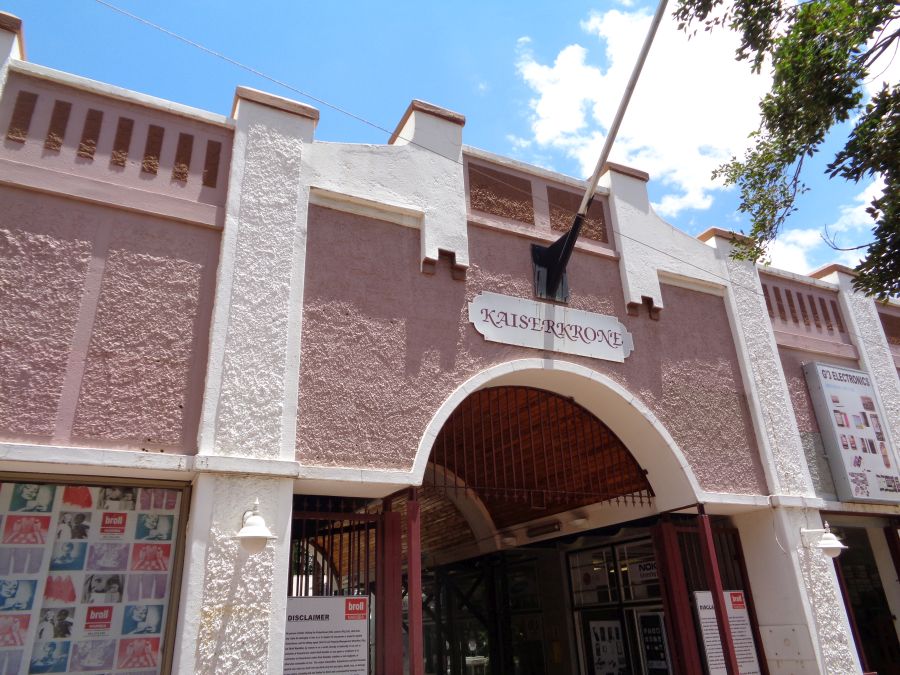
Kaiserkrone, Windhoek |
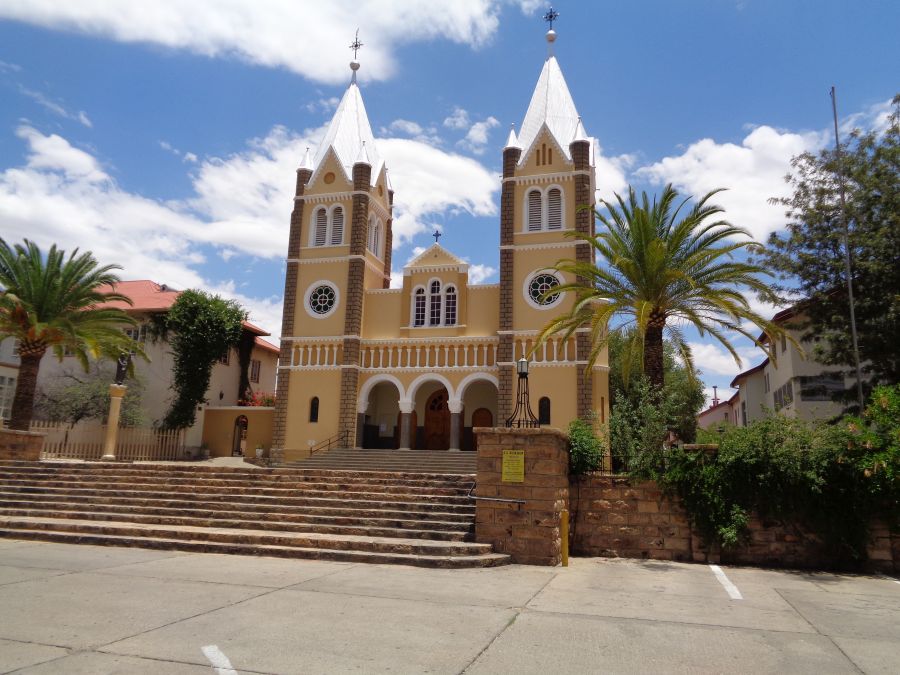
St. Marien Kathedrale,
Windhoek
Catholic church
completed in 1908 |
| |
|
|
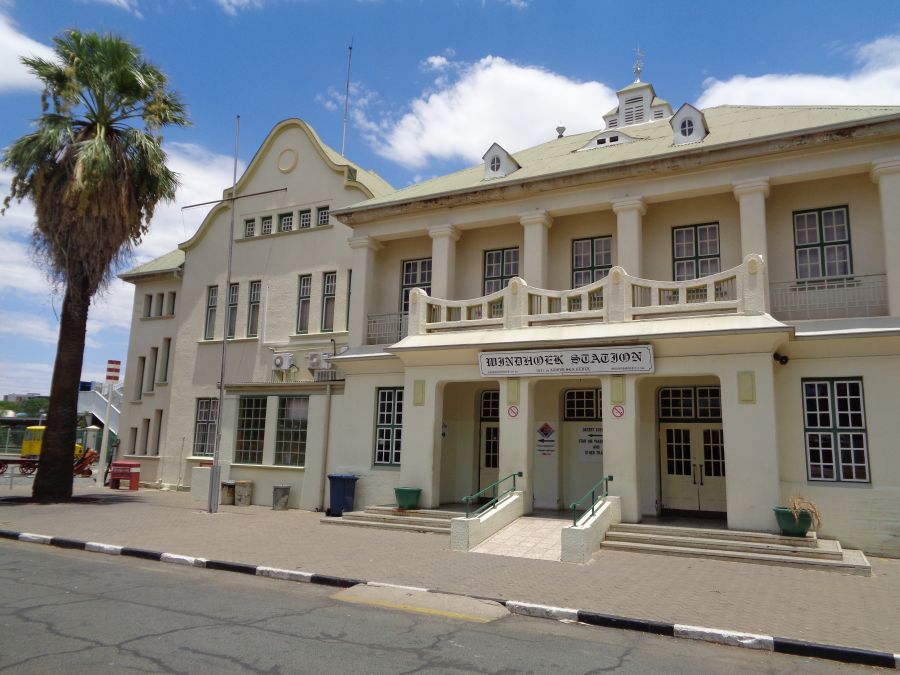
Railway Station, Windhoek |
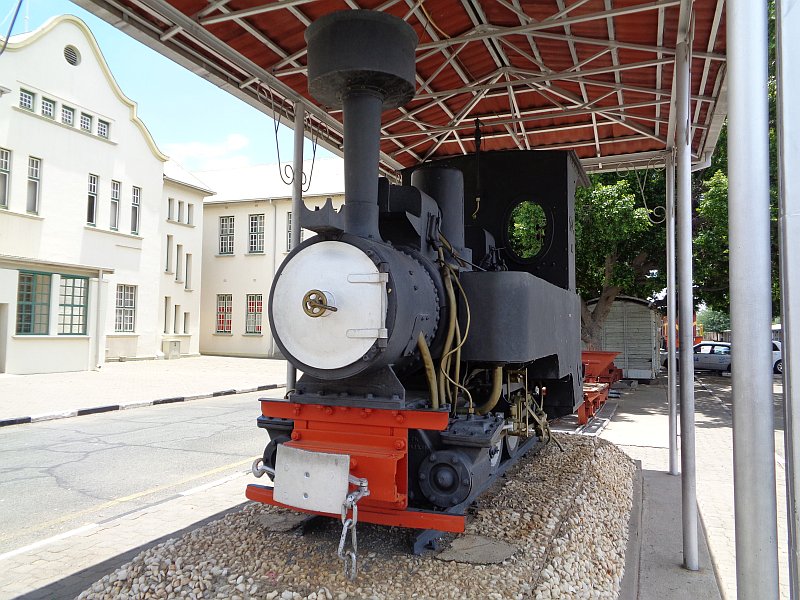
German Steam Locomotive, Windhoek |
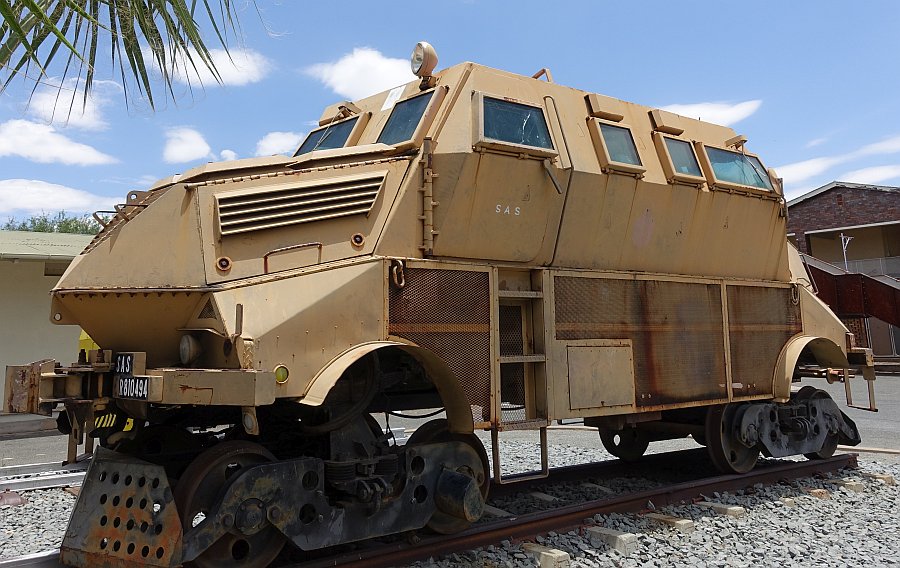
South African Armoured Railcar, Windhoek |
| |
|
|
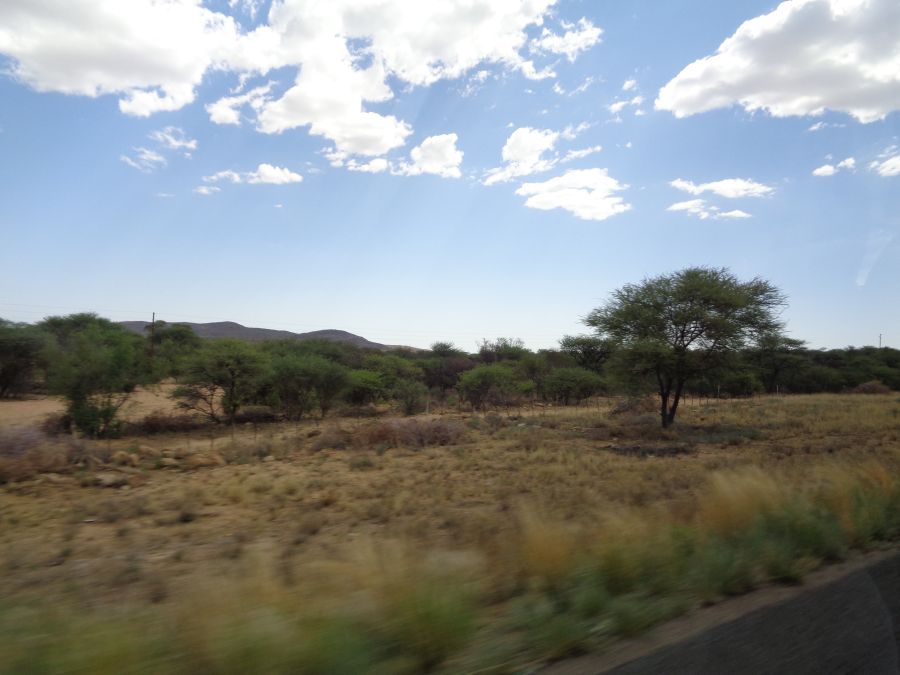 |
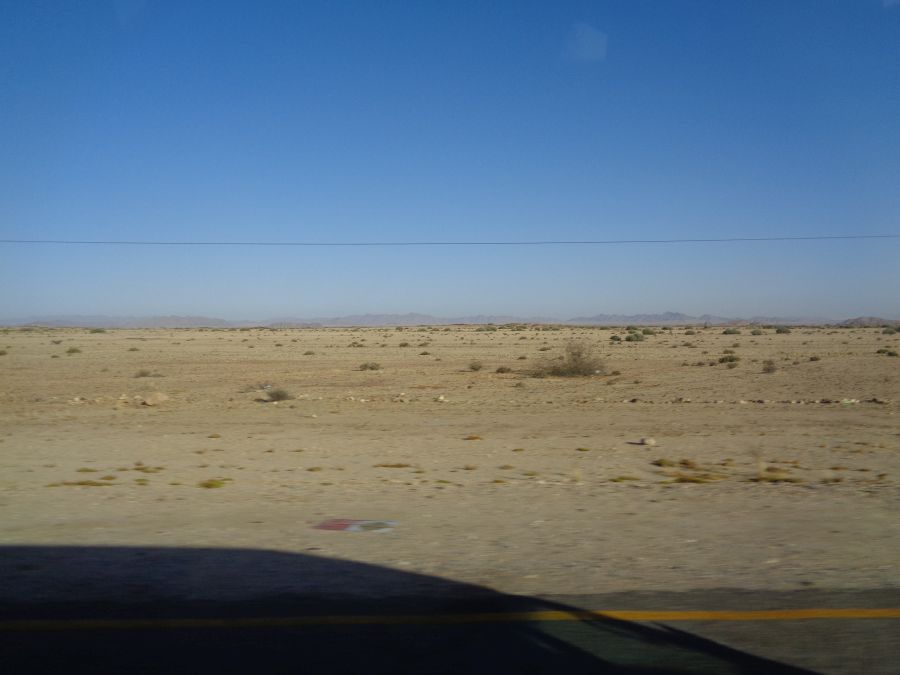 |
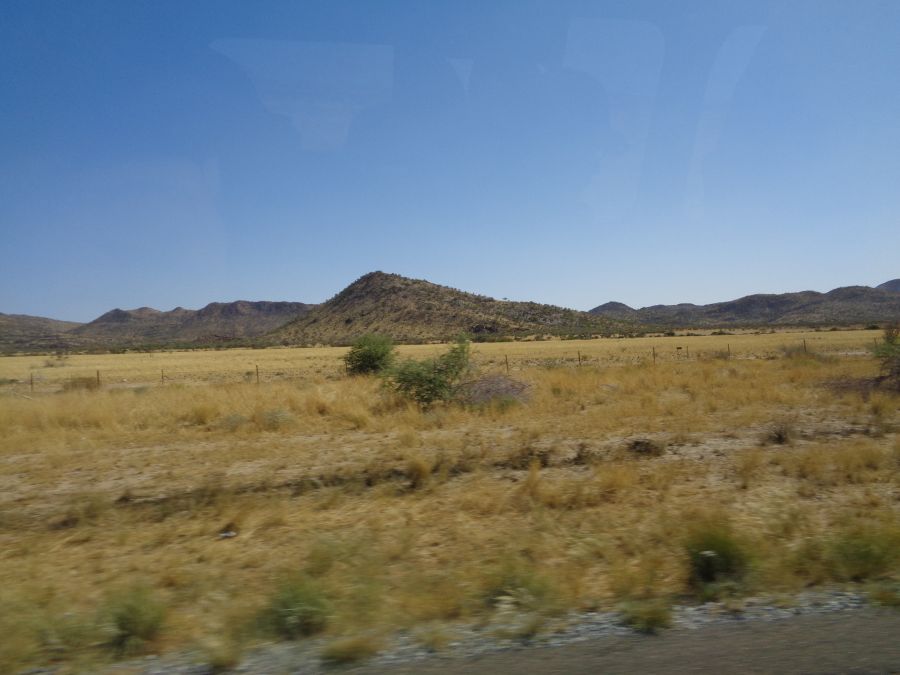 |
|
Countryside scenes between
Windhoek and Swakopmund |
| |
|
|
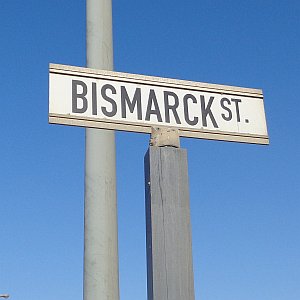 |
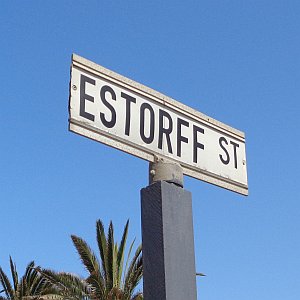 |
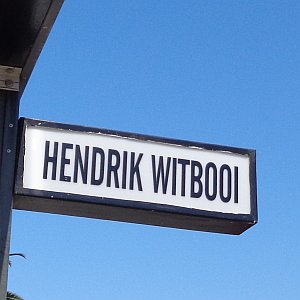 |
|
Many street names in Windhoek
and Swkopmund still recall the Colonial Era |
| |
|
|
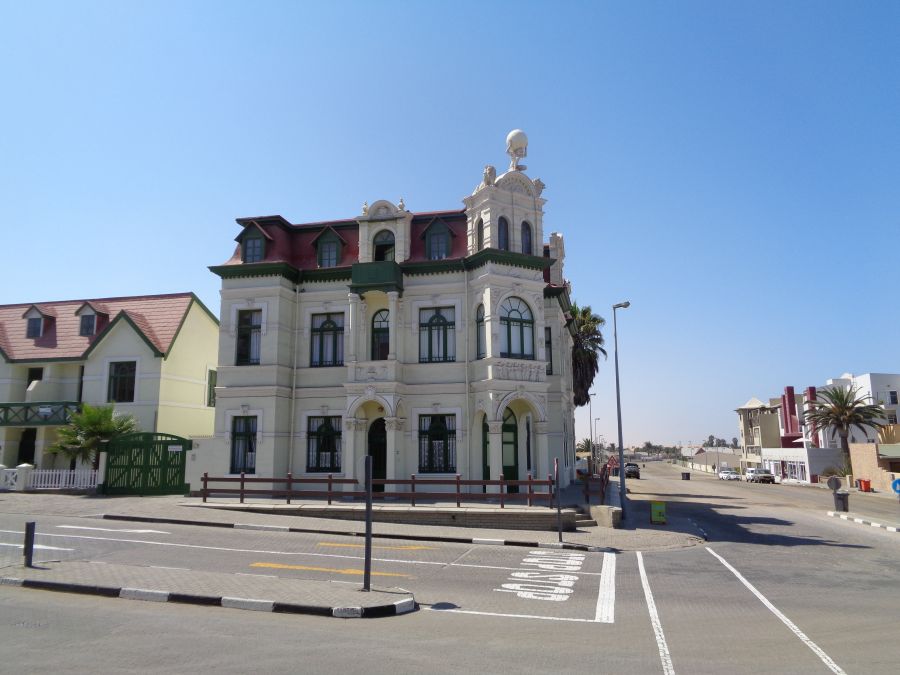
German House, Swakopmund |
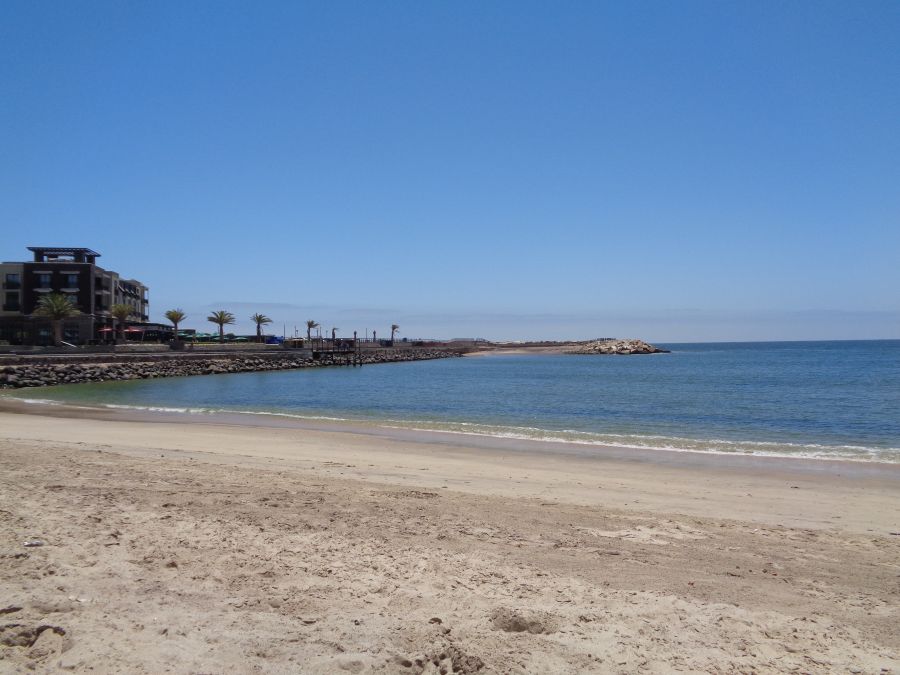
Seafront, Swakopmund |
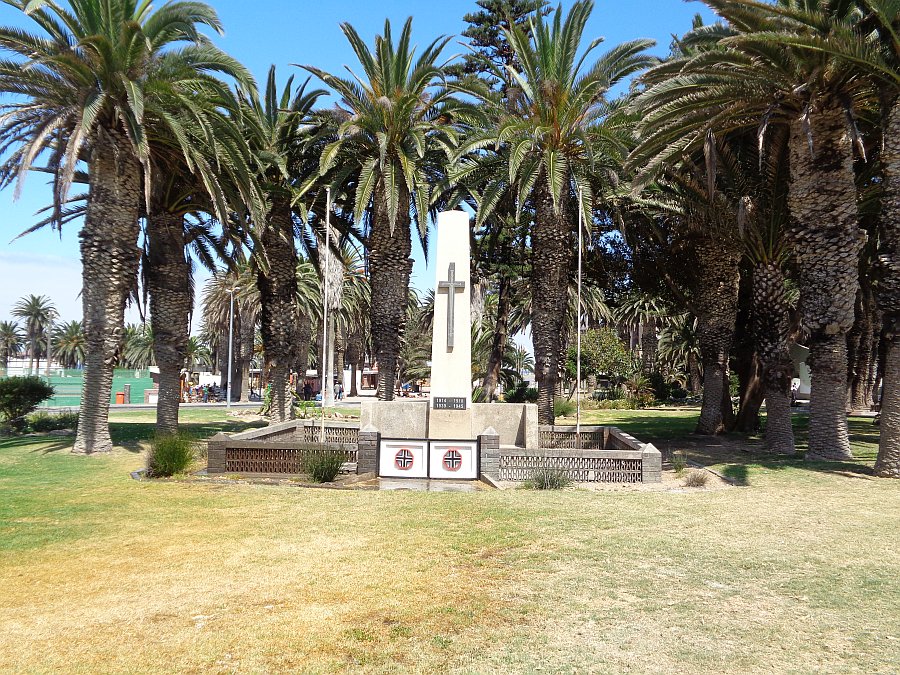
Memorial to Namibian Germans killed in Both World Wars,
Swakopmund |
| |
|
|
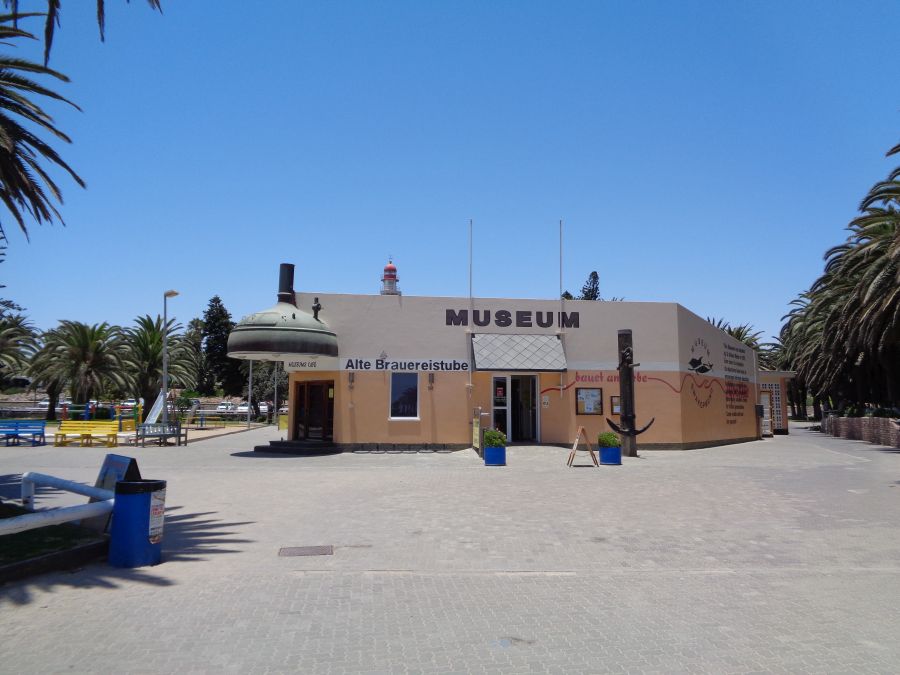
Swakopmund Museum
(see
Swakopmund
Museum Page for photos of their incredible
Schutztruppe Collection) |
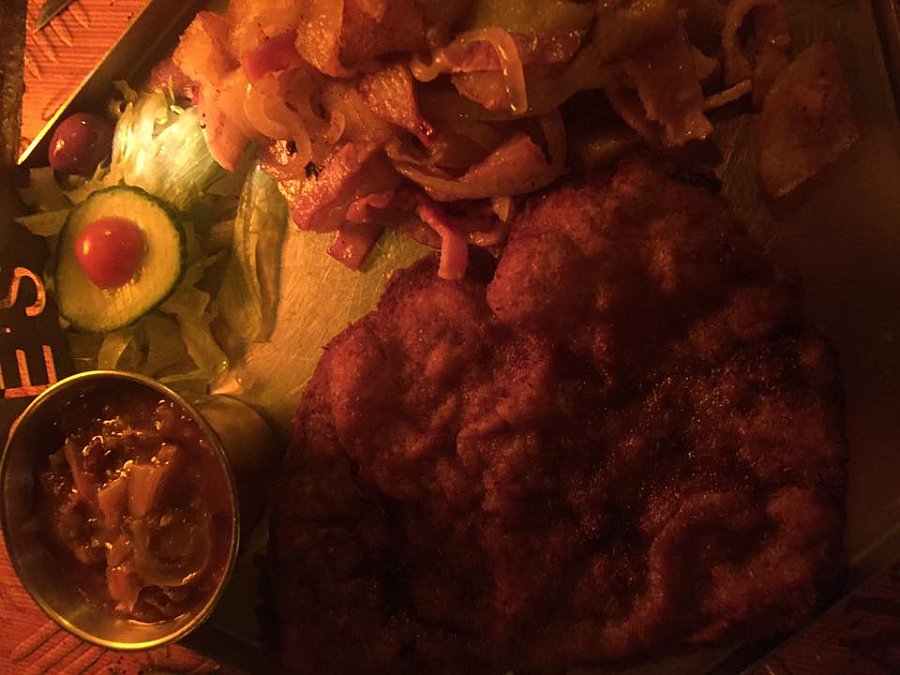
Oryx Schnitzel, Windhoek |
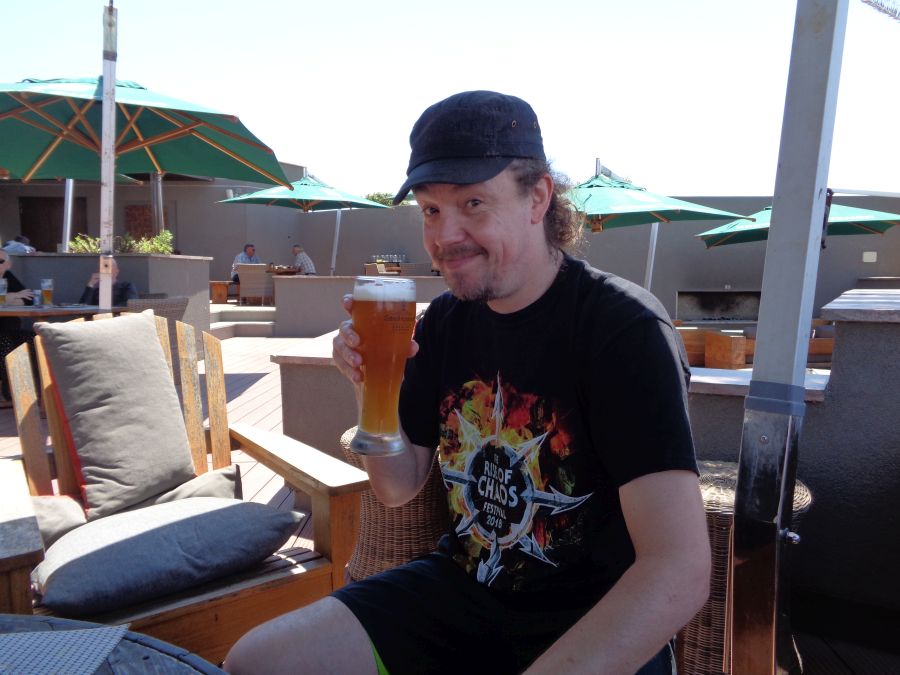
Swakopmund brewed Hefe-Weissbier |
| |
|
|
|